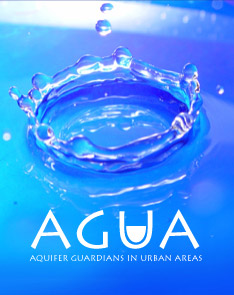What information is USFWS asking for?
The Service is requesting comments or information from the public, other concerned government agencies, the scientific community, industry, or other interested parties concerning this proposed rule.
The Service will accept comments received or postmarked on or before April 25, 2011. We must receive requests for public hearings, in writing, at:
Public Comments Processing, Attn: Docket No. FWS–R2–ES–2010–0091
Division of Policy and Directives Management
U.S.Fish and Wildlife Service
4401 N. Fairfax Drive, Suite 222
Arlington, VA 22203
by April 8, 2011.
We particularly seek comments concerning:
- The reasons why we should or should not designate habitat as “critical habitat” under section 4 of the Endangered Species Act of 1973, as amended (Act) (16 U.S.C. 1531 et seq.) including whether there are threats to the species from human activity, the degree of which can be expected to increase due to the designation, and whether that increase in threat outweighs the benefit of designation such that the designation of critical habitat may not be prudent;
- Specific information on:
- The amount and distribution of any of the nine Bexar County invertebrates’ habitat;
- What areas occupied at the time of listing and that contain features essential to the conservation of the species should be included in the designation and why;
- Special management considerations or protections that the features essential to the conservation of the nine Bexar County invertebrates that have been identified in this proposal may require, including managing for the potential effects of climate change;
- What areas not occupied at the time of listing are essential for the conservation of the species and why;
- Site-specific information on subsurface geologic barriers to movement of the species or lack thereof; and
- The taxonomy and status of the ground beetle previously identified as Rhadine exilis in Black Cat Cave (proposed Unit 13) and the value of the cave and unit for conservation of the species.
- Land use designations and current or planned activities in the subject areas and their possible impacts on proposed critical habitat;
- Any probable economic, national security, or other relevant impacts of designating any area that may be included in the final designation. We are particularly interested in any impacts on small entities or families, and the benefits of including or excluding areas that exhibit these impacts;
- Information on whether the benefit of an exclusion of any particular area outweighs the benefit of inclusion under section 4(b)(2) of the Act, in particular for those management plans covering specified lands used as mitigation under the La Cantera Habitat Conservation Plan (HCP) and lands on which impacts to the species have been authorized under that HCP. Copies of the La Cantera HCP are available from the Austin Ecological Services Field Office (see contact info below);
- Information on the projected and reasonably likely impacts of climate change on any of the nine Bexar County invertebrates and the critical habitat areas we are proposing; and
- Whether we could improve or modify our approach to designating critical habitat in any way to provide for greater public participation and understanding, or to better accommodate public concerns and comments.
For further information, contact: Adam Zerrenner, Field Supervisor, U.S. Fish and Wildlife Service, Austin Ecological Services Field Office, 10711 Burnet Road, Suite 200, Austin, Texas 78758; by telephone at 512-490-0057 x248; or by facsimile at 512-490-0974.
|
